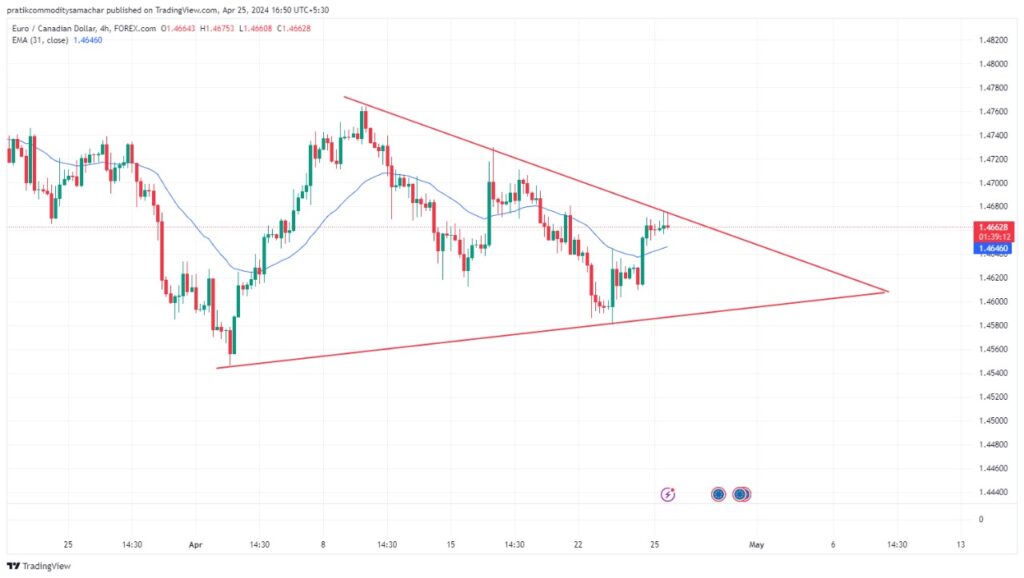
The Evolution of the EUR/CAD Currency Pair
The Euro and the Canadian Dollar have formed a popular and influential partnership, despite their relatively recent introduction as a currency pairing. Let’s delve into the history behind these two currencies and explore the factors that influence the EUR/CAD exchange rate.
Evolution of the Euro and Canadian Dollar
The concept of the Euro dates back to the early 20th century, but it wasn’t fully realized until the end of the century when it transitioned from a digital currency to physical notes and coins. This common currency for a significant portion of Europe quickly gained prominence and became a leading force in the market, opening up new financial opportunities for traders and investors.
On the other hand, the Canadian dollar replaced the Canadian pound in the 1850s as the country sought to strengthen trade and relationships with the US. Canada’s proximity to the US has bolstered its import/export industry, contributing to the Canadian dollar’s resilience in the foreign exchange market.
Influential Factors
The European Central Bank (ECB) plays a pivotal role in influencing the EUR/CAD exchange rate. Interest rates, as determined by the ECB, are a major factor that investors and traders closely monitor to gauge possible future policy directions. Additionally, employment numbers across the Eurozone have a substantial impact on the pair and serve as vital information for market participants.
The Bank of Canada is a key influencer of the Canadian dollar’s value. While it aims to promote economic and employment growth through its policies, it has refrained from direct interventions in the currency since 1998. Canada’s position as a major exporter of materials and commodities, including wood, grain, minerals, and petroleum, further reinforces the strength of the Canadian dollar in the foreign exchange market.
Trading EUR/CAD CFDs
Traders and investors have the option to engage in EUR/CAD trading through forex contracts or contracts for difference (CFDs). CFDs are financial instruments that enable individuals to speculate on the price difference of a security between the start and end of the trade. Whether taking a long position (anticipating price increase) or a short position (anticipating price decrease), CFDs are typically used for short-term investments within a limited timeframe.
Technical Outlook :EUR/CAD

EURCAD has been seen trading in a range over the past few days. If we look at the 4-hour chart, a triangle pattern has formed. If you look at it now, it is testing the above trendline. In EURCAD, resistance is at 1.4680 and support is at 1.4640–1.4600. If 1.4680 breaks and sustains above then targets up to 1.4720-1.4760 can be seen. But if 1.4680 does not break, then once again targets below 1.4640–1.4600 can be seen.
Happy Trading!
Commodity Samachar
Learn and Trade with Ease
Also Read:Will the natural gas price lose its multiple support?
Recommended Read: Breaking Down 5 Technical Analysis Myths: Let’s Get the Facts Straight!
Want help on your trades?
Chat with an Analyst